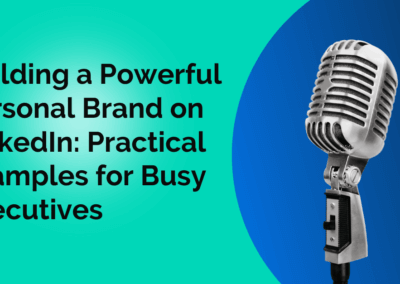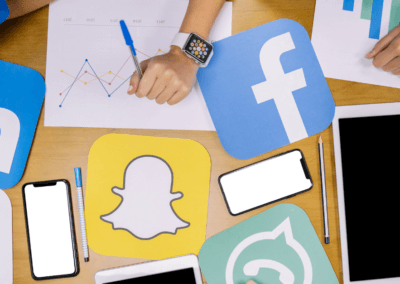Definition: Lifecycle Marketing refers to marketing and sales campaigns that address your customers/buyers’ needs as they journey down the funnel.
So what’s the point?: Lifecycle marketing focuses on the entire buyer experience, from the very first time someone hears about your product, all the way through to when they become passionate users who recommend your product to their industry colleagues and other business contacts. One of the practical uses of lifecycles is the ability to properly segment contacts. For example, you can create email lists for each category of contacts in order to send them stage-appropriate emails with content designed to move them on to the next stage of the funnel.
LIFECYCLE STAGES
Unknowns and Subscribers: These are the people who know a little about you. In many cases, unknowns and subscribers have only just come across your content through a Google search, visited your website, or signed up for your blog or newsletter — and that’s about it. You should offer them content — another blog post or quick video — that will increase the chances that they will move forward in the buyer lifecycle.
Lead: Leads have shown a heightened interest in what products or services you offer. Typically a lead has submitted a form with a little more information than just their email address. Each company will have a different definition for their Leads, but generally speaking, this is the stage where you offer broadly appealing, or top of the funnel offers. As each lead demonstrates a higher degree of sales readiness and qualification, they will move further down the funnel.
Marketing Qualified Lead: Marketing Qualified Leads (MQLs) are more deeply engaged, sales-ready contacts than your usual leads, but not fully fledged opportunities. Ideally, you should only allow certain, designated forms to trigger the promotion of a lead to the MQL stage, specifically those that gate bottom of the funnel offers like demo requests, buying guides, and other sales-ready calls to action.
Sales Qualified Lead: Sales Qualified Leads (SQLs) are those that your sales team has deemed worthy of a direct sales follow up. Marketing and Sales alignment is important in this stage, in terms of the quantity and quality of SQLs that are sent to the sales team.
Opportunity: These are contacts who have become real sales opportunities in your CRM. They’re ideal for a consultation or demo.
Customers: The lifecycle stage that keeps the lights on: paying customers.
Evangelist: These are advocates for your organization that will refer new business to you unsolicited. Leveraging their networks often bring in new customers and help you reach leads you may not have been able to otherwise.
ANALYZE AND REPEAT
Analyze the customer data you’ve gathered to figure out what channels and processes drive your best customers: the evangelists. Then, repeat the experience of your most successful customers for everyone. Identifying your best customers gives you a template to apply to other potential buyers in the funnel. If you find certain offers or strategies tend to produce best customers, keep at it!



